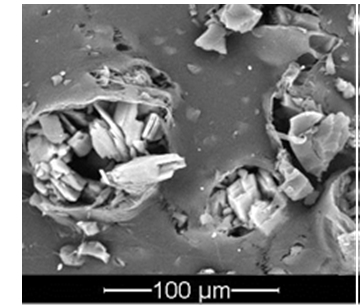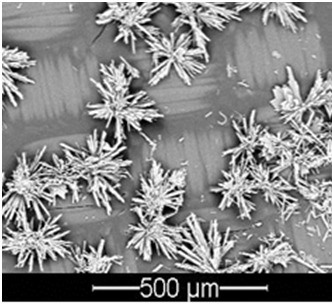Yoram Oren
Ben-Gurion University of the Negev, Israel
Biography
Dr. Yoram Oren is a Professor Emeritus of chemistry in the Zuckerberg Institute for Water Research at the Ben-Gurion University of the Negev, Israel. He was graduated at the Technion, Haifa, Israel, the Department of Chemistry and was awarded his MSc. And PhD. from the Weizmann Institute of Science. Between 2002 until his retirement on 2012 he served as the head of the Department for Desalination and Water Treatment at ZIWR. Prof. Oren is still fully active in research and teaching at ZIWR and abroad.
Research Interests: Reverse osmosis, nanofiltration, ultrafiltration for desalination and water treatment. Electrochemical processes for preserving the environment, surface phenomena, electrodialysis for water treatment and desalination, ion exchange membranes, electrochemical phenomena in pressure driven processes for water treatment (Reverse osmosis, nanofiltration), capacitive deionization, electrochemical aspects in biofouling of membranes for water treatment. Ion exchange membrane bioreactors for water decontamination.
Abstract
Electrodialysis (ED), an electrochemically driven membrane separation process, is considered an optional stage in the treatment chain of brackish water reverse osmosis (BWRO) brines to improve water recovery and to reach near-Zero Liquid Discharge (ZLD) conditions1, 2. However, using an integrated RO-ED process for ZLD requires managing mineral scaling by sparingly soluble salts such as CaSO4 and BaSO4, both present in brackish water. Scaling may result from the high concentrations evolving in the brine streams as well as from concentration polarization at the membrane–solution interface in the brine compartments. Mineral scaling results in a significant, often irreversible, increase of stack electrical and hydraulic resistances and, consequently resulting in a larger energy consumption. Calcium and barium sulfate scaling is studied at Donnan exchange3 and ED conditions4. Scaling and Non-scaling experiments have been conducted using both anion and cation exchange membranes with heterogeneous (MA-40 and MK-40) or homogeneous (AMV and CMV) structure. The effect of CaSO4 scaling on membrane performance is expressed in terms of sulfate-flux decline due to membrane blocking by scale, membrane potential changes, stack total resistance changes and water splitting extent. Effects of current density, membrane type and hydrodynamic conditions on scaling extent are discussed. Figure 1 shows examples of SEM images of CaSO4-scaled anion-exchange membranes.
A

B

Figure 1. SEM images of CaSO4-scaled: A) MA-40 and B) AMV membranes
References
- Y. Oren et al., Pilot studies on high recovery BWRO-EDR for near zero liquid discharge approach, Desalination 261 (2010) 321.
- E. Korngold et al., Electrodialysis of brine solutions discharged from an RO plant, Desalination 242 (2009) 215.
- M. Asraf-Snir, J. Gilron, Y. Oren, Gypsum Scaling on Anion Exchange Membranes during Donnan Exchange. J. Membr. Sci. 455 (2014) 384.
- M. Asraf-Snir, J. Gilron, Y. Oren. "Gypsum Scaling of Anion Exchange Membranes in Electrodialysis", Journal of Membrane Science 520 (2016) 176–186
